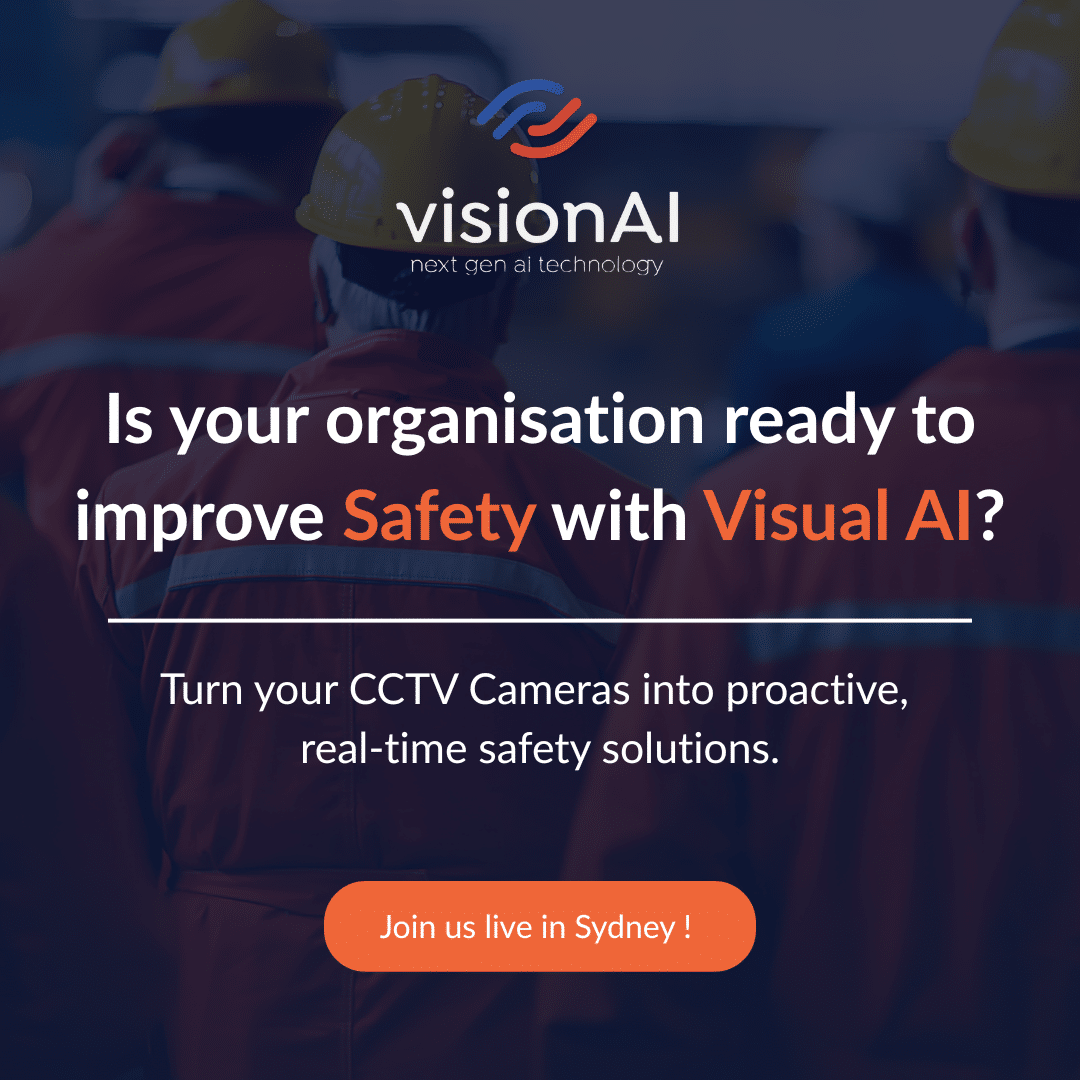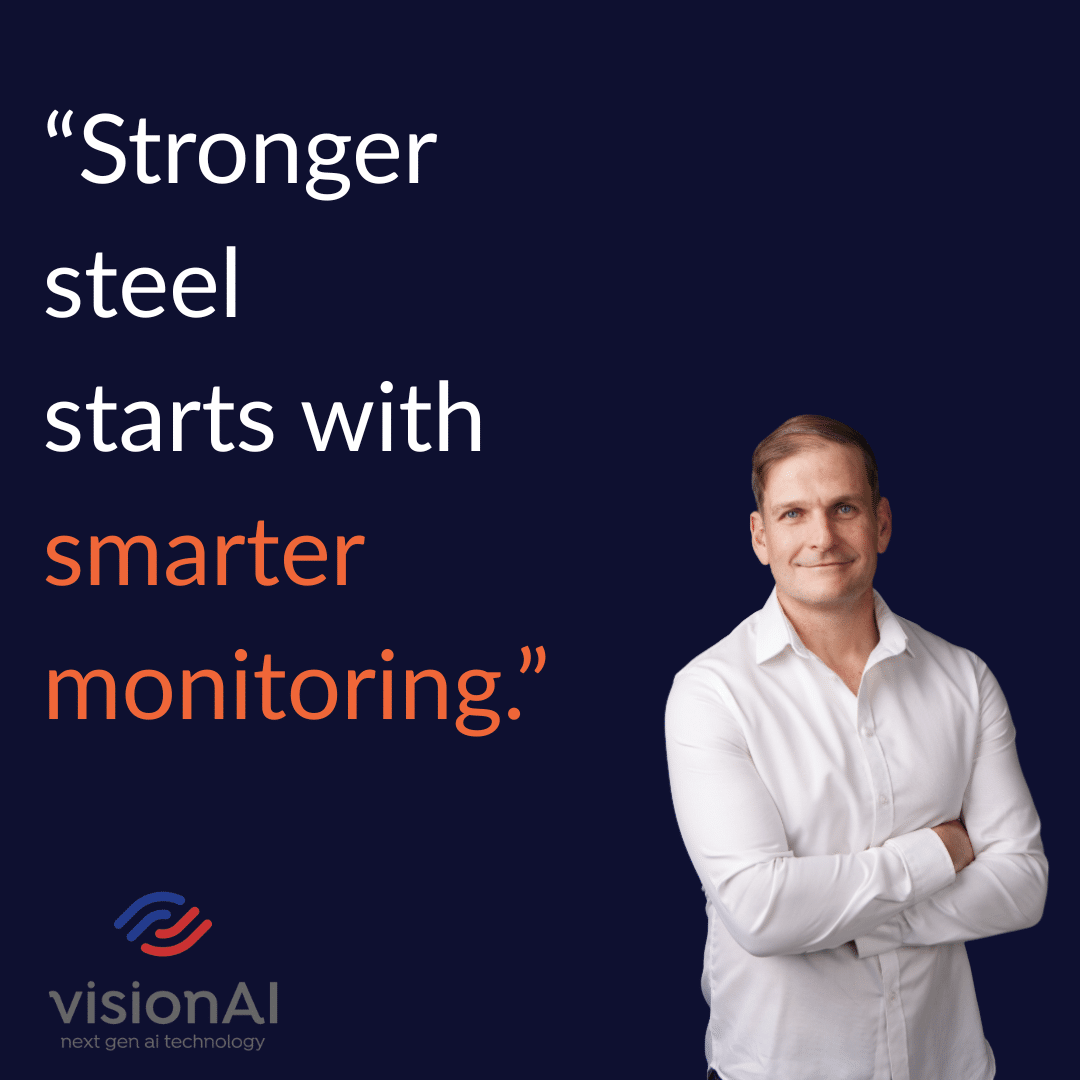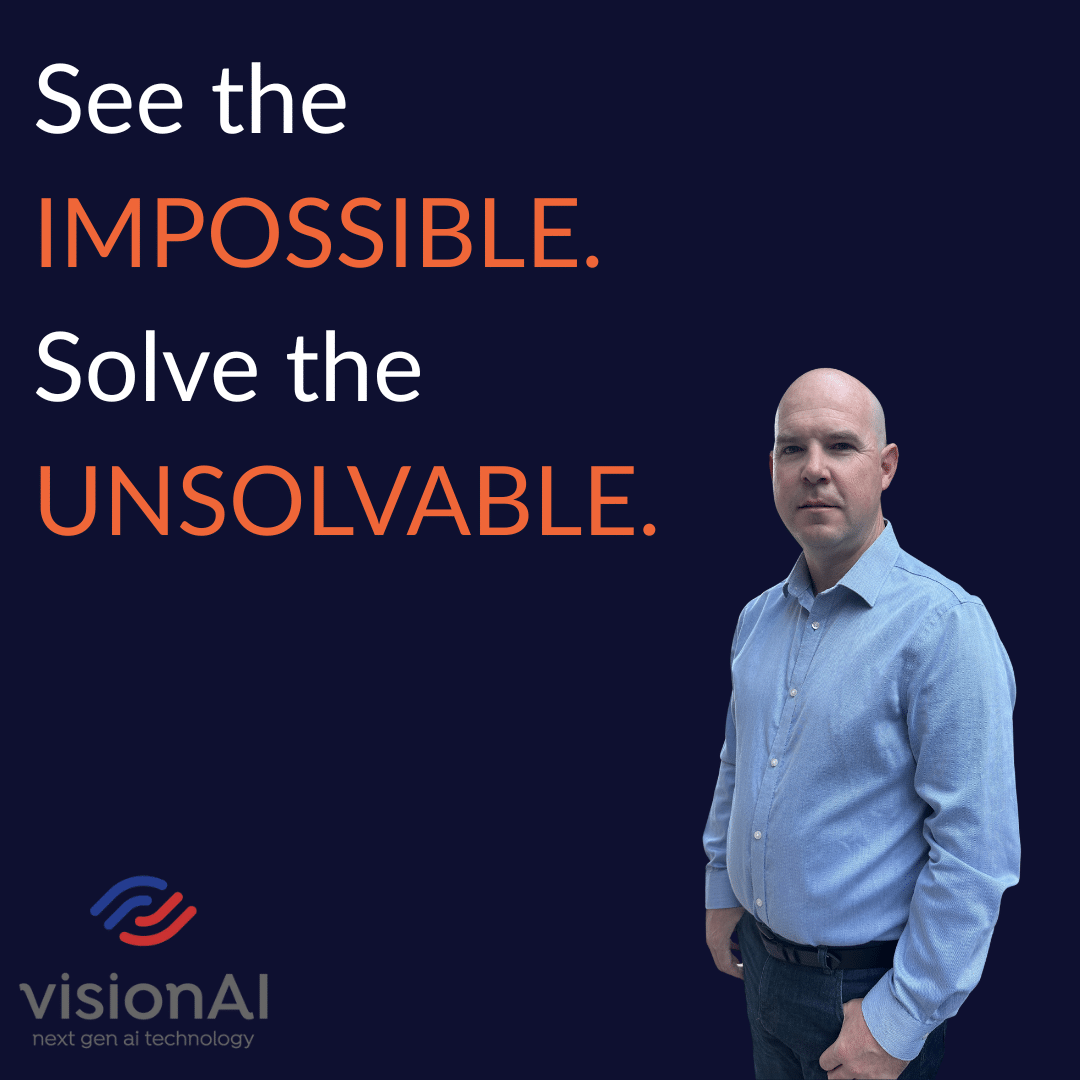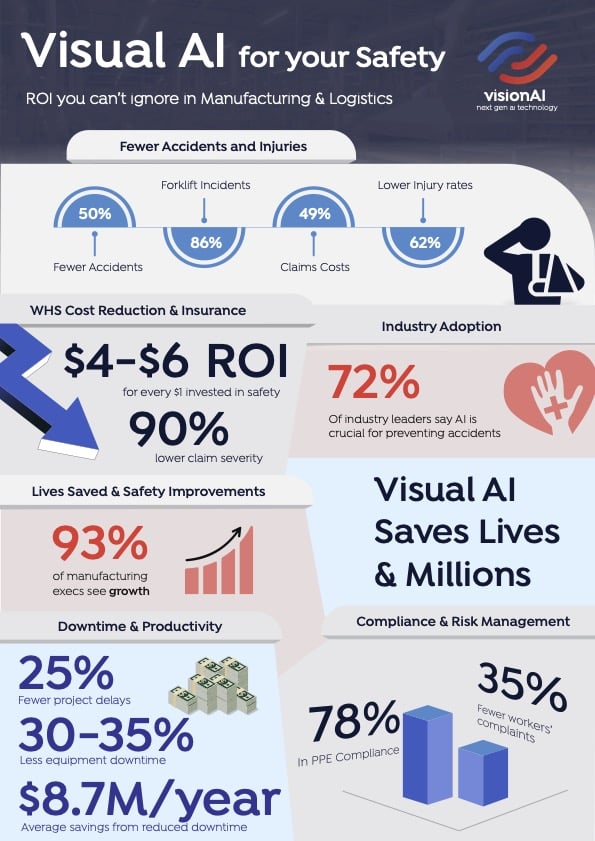Before attempting to get an understanding of AI and Automation, one must forget what you have seen depicted as Artificial Intelligence (AI) in the movies or on social media. It’s not all about brainy human-looking robots with super-computers substituting for the human brain. No, it’s not human-created non-humans taking over our planet while destroying humanity in the process!

So What Is Intelligent AI?
In this article, we will unpack AI and automation; call it AI for dummies.
To use modern terminology, AI must be ‘unpacked’ to understand it better. By generally accepted definition: “AI is the simulation of human intelligence processes by machines, especially computer systems.”
AI is a computer system (technology) copying much of what the thinking human brain can do. Humans no longer have to do those dull, routine, repetitive, and mundane tasks. Time is saved and re-invested in other areas of the business. AI also predicts trends in performing tasks. Simply put, AI improves the time and energy your workforce spends on mundane tasks.
AI expands computer systems that perform tasks usually requiring Human Intelligence and is progressing rapidly. We can confidently hand mundane tasks over to smart machines to help us automate our business and improve.
AI Is Clever Technology!
It takes our existing technology to a higher level and makes it more intelligent. It has the power to unlock and use data collected by various enterprises, which can;
- Range from mechanical uses like welding in the motor vehicle assembly process, which has evolved with the help of AI to turn automation into ‘machine learning’
- Produce products in factories, or products delivery scheduling
- Recognize speech and natural language processing
- Recognize customer relationship management
- Recognize biometrics, the technology used to positively identify a person by face and/or fingerprint recognition
AI is everywhere, from self-driving cars and drones to virtual assistants and computers that translate languages, power investments, and share transactions. There is no denying that technology has created products and services that increase the efficiency and pleasure of our personal lives. From booking tickets to shows, concerts, and movies to spinning the reels at online casinos or communicating via the Internet, our personal lives have changed dramatically in the last few years, thanks mainly to AI.
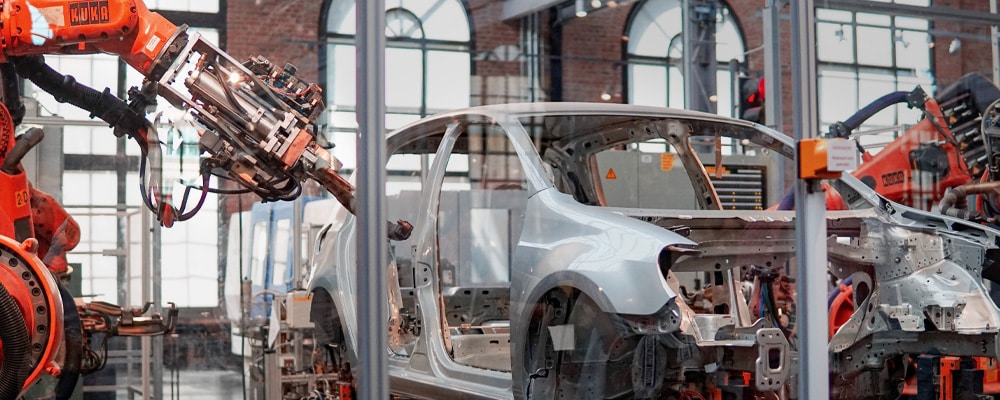
The Digital Revolution
In further unpacking and understanding AI and automation, we go back to the start of the Digital Revolution. Electronics and information technology automates production capacity, primarily due to advances in computing. Technology changed from mechanical and analog applications to digital ones, which started taking shape in the late 1950s and 1970s.
Building on that revolution, we foresee remarkable changes in the entire production and other vital systems, especially concerning communication technology and management of the system. Yes, behind it all is the powerhouse of AI that will manage everything speedily, accurately, and competently. Human Intelligence, however, will always supersede AI technologies, so there is no need to be concerned about that front.
While this all sounds very straightforward and is how we go about our daily lives, understanding AI and automation ultimately are very complicated.
Let’s look at some examples to help in unpacking AI and its uses.
For AI to reach its full potential, it needs enormous amounts of data and state-of-the-art storage facilities (this is where the “cloud” comes into play). Not only must it have massive chunks of data, but it must also be “bulletproof,” meaning it must be squeaky clean, clear-cut, user-friendly, and in a system that will produce results quickly and efficiently. Working with snail-paced processing speeds will not produce cheetah-paced results!
What Is The Difference Between AI and Automation?
Automation and AI are often termed and used interchangeably. Automation streamlines simple tasks, bound by rules, and relies on humans to ‘push its buttons’ to get things done. While AI works almost independently, learning from historical data and patterns generated within the system and giving companies up-to-date insights assist them in making good decisions simply because AI imitates advanced human Intelligence.
AI, like computer technology, continues to evolve and go from strength to strength, helping ordinary humans reach their most significant potential. Machines are becoming less artificial and more intelligent. As this evolves, AI will become increasingly valuable for applications that once seemed impossible to consider.
Also read, Tops tips for adopting artificial Intelligence into your business.

